Kyoko Sudo
End-to-end learning potentials for structured attribute prediction
Aug 06, 2017
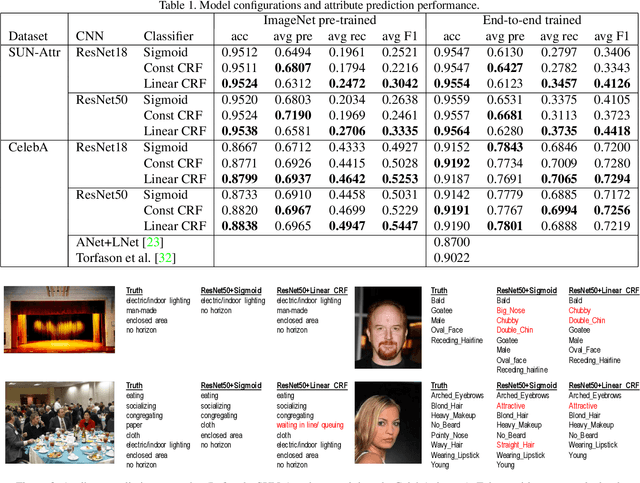
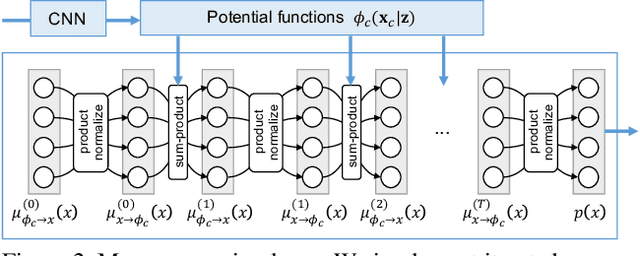

Abstract:We present a structured inference approach in deep neural networks for multiple attribute prediction. In attribute prediction, a common approach is to learn independent classifiers on top of a good feature representation. However, such classifiers assume conditional independence on features and do not explicitly consider the dependency between attributes in the inference process. We propose to formulate attribute prediction in terms of marginal inference in the conditional random field. We model potential functions by deep neural networks and apply the sum-product algorithm to solve for the approximate marginal distribution in feed-forward networks. Our message passing layer implements sparse pairwise potentials by a softplus-linear function that is equivalent to a higher-order classifier, and learns all the model parameters by end-to-end back propagation. The experimental results using SUN attributes and CelebA datasets suggest that the structured inference improves the attribute prediction performance, and possibly uncovers the hidden relationship between attributes.
Automatic Attribute Discovery with Neural Activations
Jul 25, 2016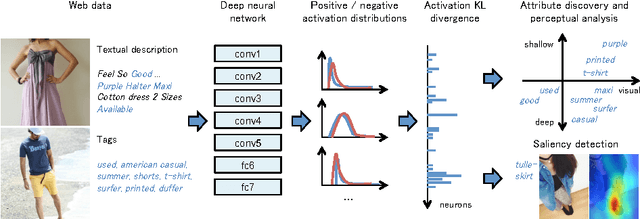
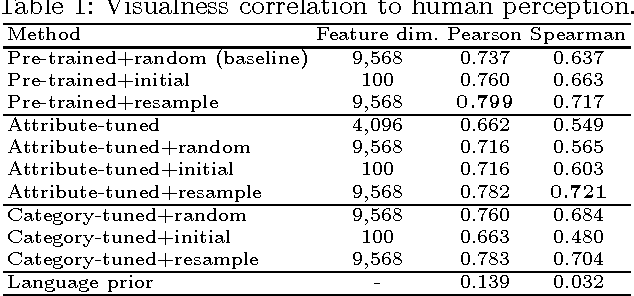

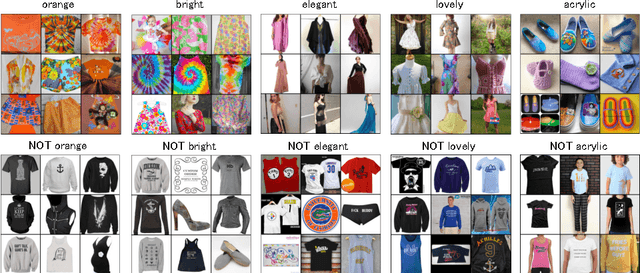
Abstract:How can a machine learn to recognize visual attributes emerging out of online community without a definitive supervised dataset? This paper proposes an automatic approach to discover and analyze visual attributes from a noisy collection of image-text data on the Web. Our approach is based on the relationship between attributes and neural activations in the deep network. We characterize the visual property of the attribute word as a divergence within weakly-annotated set of images. We show that the neural activations are useful for discovering and learning a classifier that well agrees with human perception from the noisy real-world Web data. The empirical study suggests the layered structure of the deep neural networks also gives us insights into the perceptual depth of the given word. Finally, we demonstrate that we can utilize highly-activating neurons for finding semantically relevant regions.
 Add to Chrome
Add to Chrome Add to Firefox
Add to Firefox Add to Edge
Add to Edge